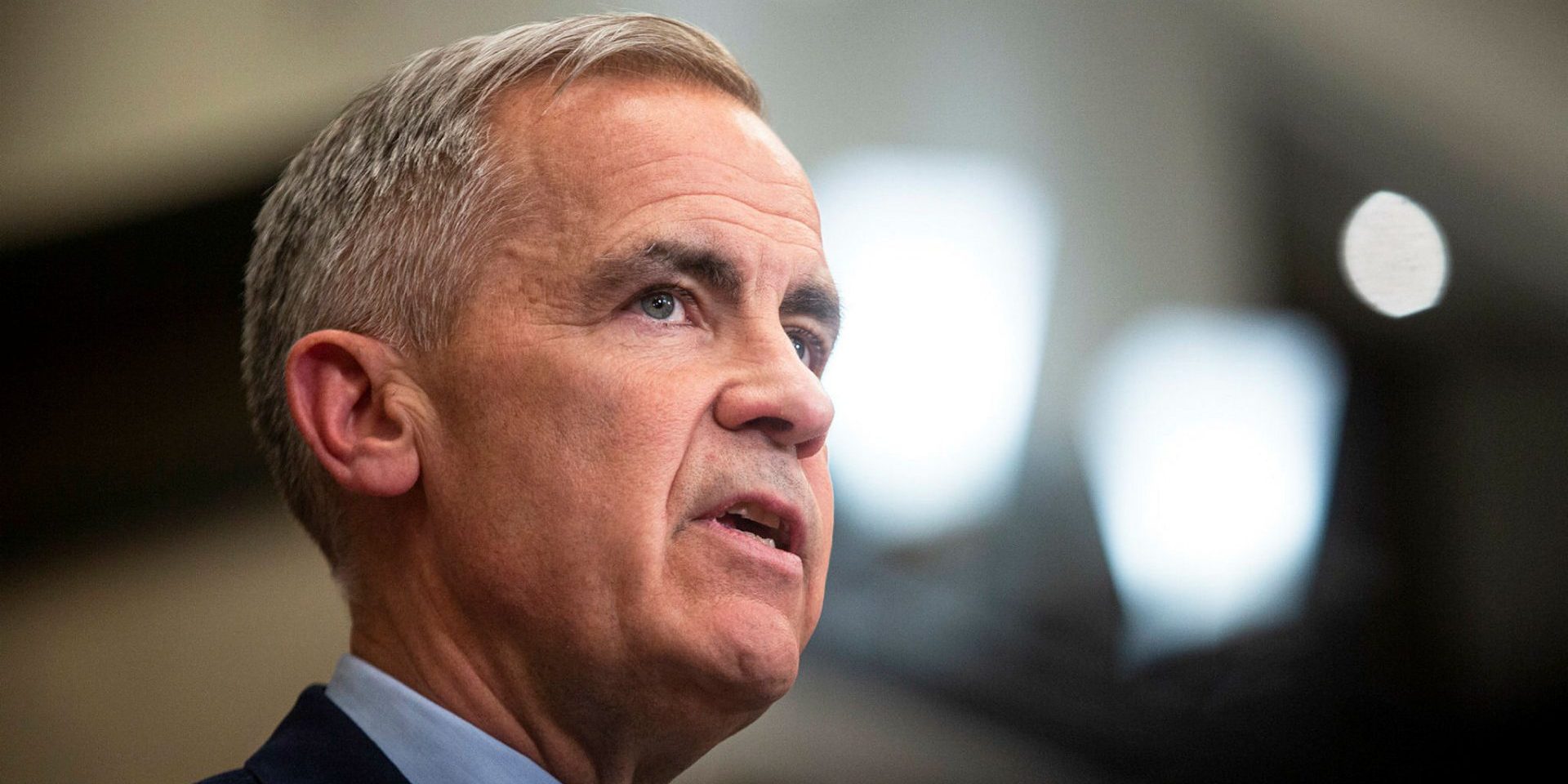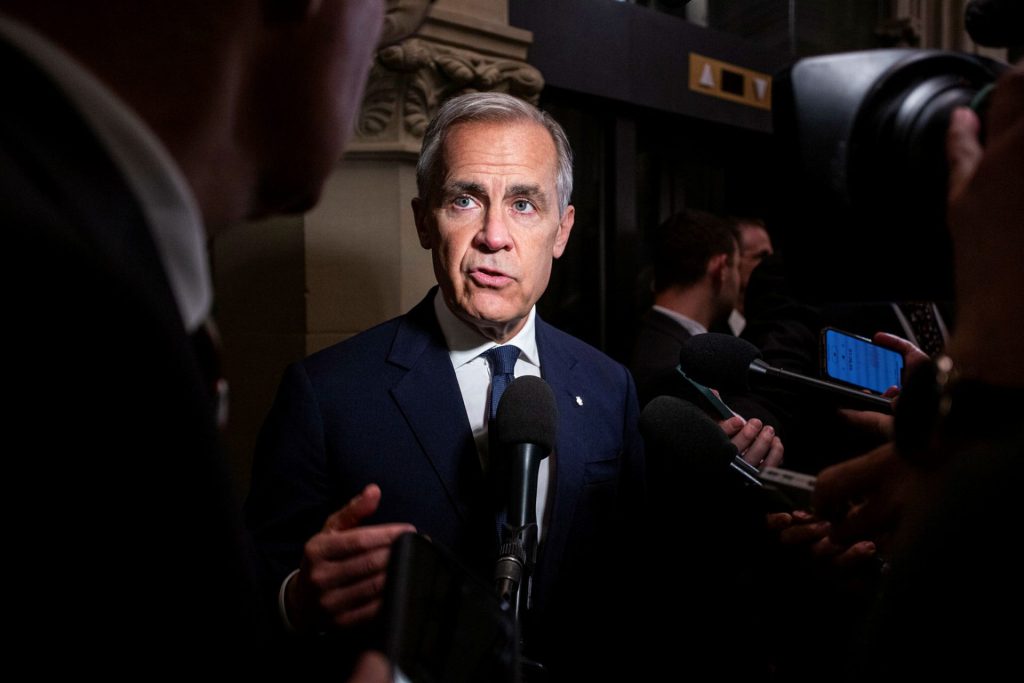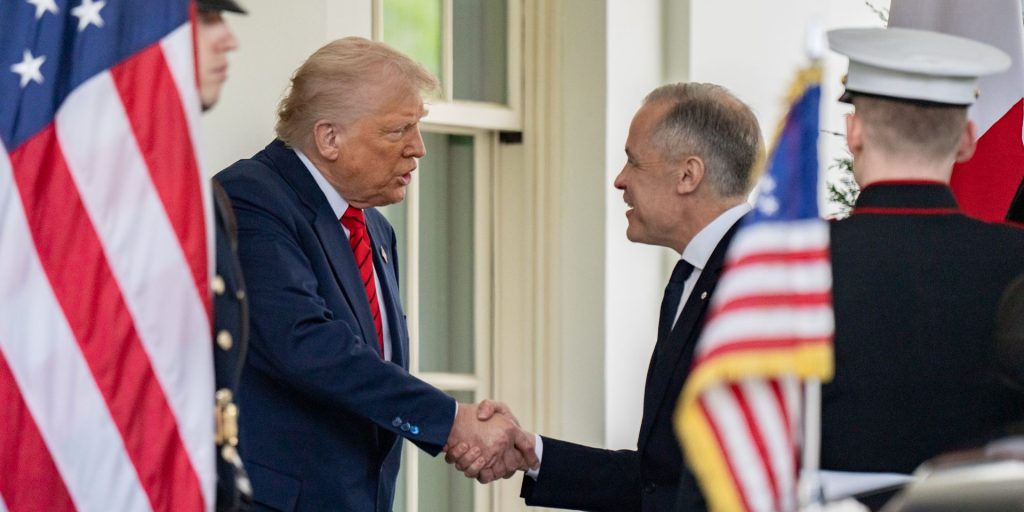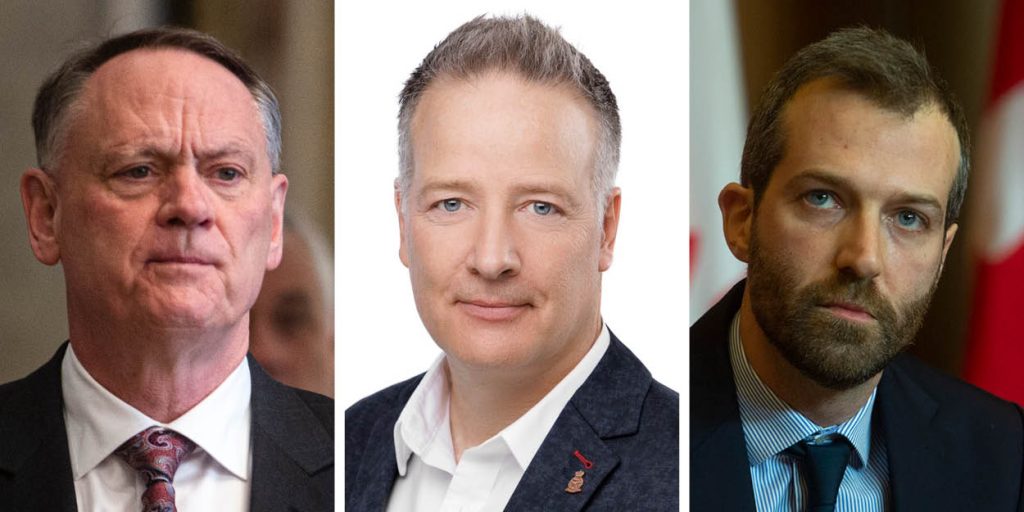More cash and new alliances show Ottawa is serious about defence, say observers

Canada’s move to enter a landmark defence pact with the European Union—coupled with a multibillion-dollar military spending boost that brings Ottawa up to NATO’s two-per-cent target—is seen as a “catalyst” and a strong signal that the government is “serious” about defence, say observers.
Canada signed a new security and defence partnership with the EU at the summit in Brussels on June 23, the EU’s first such pact with a country in the Americas. Prime Minister Mark Carney (Nepean, Ont.) said the agreement will “help deliver on capability targets more quickly and economically” for Canada and its allies.
The agreement paves the way for Ottawa to tap into the EU’s $235-billion defence procurement program Security Action for Europe, designed to help countries invest in areas like missile defence, drones, and cyber security. It is also part of the massive $1.25-trillion ReArm Europe/Readiness 2030 plan. Canada will now need to negotiate a second bilateral agreement to be part of the joint procurement effort, and to ensure its industry operates on the same level as EU manufacturers.
According to David Perry, defence procurement expert and president of Canadian Global Affairs Institute, this means Canada joins in a “buyers club.”
“What actually comes of it? What Canada does or buys … that would have to be fleshed out in the future.”
The news of the pact follows Carney’s June 9 commitment of an additional $9-billion for defence spending this fiscal year, which would bring the government’s planned military spending in line with NATO’s two-per-cent of GDP spending target. Industry and defence observers agree that both the new envelope and the agreement—mostly to reduce Canada’s reliance to the United States—signal the government is “serious” about defence procurement.

Access to European markets, faster procurement
According to Perry, the government “sent a lot of positive signals that they are serious about defence,” with the funding announcement and subsequent tabling of the estimates for approval before Parliament rises for the summer.
Perry said it’s clear “they’re moving quickly,” with Carney putting the supply bill before both chambers “about as fast as he conceivably could have,” he told The Hill Times.
The Canada-EU partnership is “a needed first step” to allow this country’s industry to participate in the ReArm, said Christyn Cianfarani, president of the Canadian Association of Defence and Security Industries, which represents 650 companies.
“Coupled with the increase in defence spending it is a strong signal that the federal government is serious about defence industrial renewal,” she said in a June 23 statement.
Louise Solomita, public relations lead at Bombardier Defence, told The Hill Times that the new investments “will be a catalyst for Canadian industry and workers, who have the will and skill to contribute to our nation’s sovereignty.”
Calian, one of this country’s biggest defence contractors, called the surge in spending “very welcome.”
“First, in the short-term, it probably means moving quickly on identified programs outlined in [the latest defence policy update] Our North, Strong and Free and elsewhere,” said Jordan Miller, Calian’s director of government relations.
“Second, it likely means a sustained increase in defence spending into the 2030s, especially on the big programs. Third, it hopefully means that Canada will change the relationship with its defence industrial partners to procure solutions for the military faster, and prioritize innovation and iteration of new solutions.”
While Solomita said that Bombardier supports the new EU partnership, Miller underlined Canadian defence firms are optimistic that it will expand market access.
“Many companies headquartered in Europe regularly pursue work in Canada, but Canadian firms don’t always see the same opportunities abroad,” Miller said. “If ReArm Europe leads to improved access to markets and partnerships, that’s a good thing—for Canada and for Canadian companies.”

Boosting defence spending by $9-billion this fiscal year
While the Department of National Defence (DND) did not answer The Hill Times’ questions about how much of the $9-billion boost will be spent on procurement, spokesperson Nick Drescher Brown said the investments outline early steps in the government’s efforts to develop the highly-anticipated Defence Industrial Strategy (DIS).
He said the government is investing in domestic defence “including new and emerging military capabilities, a strong defence industrial base, and stronger defence partnerships.”
“We are committed to spending defence dollars in Canada wherever possible, to careful allocation of tax dollars concerning defence, and continuing to adhere to a rigorous and transparent contracting process,” he added.
An initial backgrounder shows that the government earmarked $844-million to repair and maintain “critical fleets” for land, maritime, and aerospace domains, some of which are under the National Procurement Program.
A significant $2.1-billion is set aside for strengthening Canada’s relationship with the defence industry to lay the groundwork for a comprehensive DIS which the government says will focus on reducing obstacles in delivery of critical equipment. Another $2-billion is set aside for developing stronger defence partnerships to diversify beyond America.
Another $1-billion is dedicated to maintaing existing capabilities and introducing news ones—especially in the Arctic—allowing DND to move forward with commitments outlined in defence policy update, while prioritizing Canadian suppliers.
The additional funding also includes $2.6-billion allocated to the military to recruit and retain the personnel it needs, $560-million for strengthening digital capabilities against cyber threats, and $135-million for defence-related investments of other government departments and agencies.
The new money adds on the previously planned spending of $39-billion under DND, as well as the $14-billion earmarked for defence under other government departments, pushing the total over $62-billion.

The oversight for federal defence procurement is currently shared by Defence Minister David McGuinty (Ottawa South, Ont.), Secretary of State for Defence Procurement Stephen Fuhr (Kelowna, B.C.), and Procurement Minister Joël Lightbound (Louis-Hébert, Que.). It is yet unclear how the procurement duties are shared between the three, but the federal lobbying registry shows that government officials have been busy over the last month meeting with defence contractors.
According to the registry, Fuhr had eight disclosed meetings with defence and aerospace firms including Bombardier, Airbus, Boeing, Saab, and CAE over the last month and a half. Paula Folkes, associate assistant deputy minister of the defence and marine procurement branch at Public Services and Procurement Canada, also corresponded with lobbyists representing Navantia and Calian Group in the same period, records show.
New money, political will can propel projects, says former minister
Whether any of those meetings or the new money will translate into more contracts awarded in the short term remains unclear, but there is optimism.
“That is the hope,” said David Pratt, a former federal defence minister and the principal of David Pratt & Associates. “It seems that the government is moving quickly on many potential procurement files which is a welcome change.”
He argued that the long-awaited submarine program should be among the first to benefit from new funding. “I think this has to be a priority given the state of the Victoria Class subs we have.”
Pratt said he expects to see some movement on Long Range Precision Fires, Ground Based Air Defence, Mobile Artillery, Electronic Counter Measures and Drones, and that he is watching the progress of the long-delayed Light Utility Vehicle program, which has been tied down by red tape with its estimated cost rising up to as much as $1-billion from the initial $499-million.
“There are many programs that could move quickly with the political will to make them happen. The Army, Navy, and Air Force have all been asked for a list of projects that could move quickly.”
However, cautioned Pratt, “the personnel deficit will need to be addressed to ensure that people can be trained up on the new kit, that it can be properly maintained and that there will be enough personnel to use it.”

Monique Scotti, director of communications for the Canadian Association of Defence and Security Industries, told The Hill Times that the association is advising its members to take a medium-to-long-term view.
Scotti said that based in the $9-billion announcement alone, there isn’t much capital investment planned and noted that the industry take its cues from the government and military in terms of what they need, and how much they want to spend. According to Scotti, a lot of this hinges on the new DIS—it’s expected to be released in tandem with a new defence policy update—and the fall budget, which should reveal spending plans in this area over the next couple of years.
“That said, I’m sure a lot of companies have heard the direction coming from the very top—the PM—and are hoping to pre-position themselves to either increase production and expand on existing contracts and deliverables or will look to propose new Canadian-made tech, services or projects to the government.”
Jenna Anne de Jonge, a lawyer with Norton Rose Fulbright who specializes in defence contracting, said the ability of contractors to capitalize on those opportunities will depend on their capability to understand and meet both markets’ demands, including operational needs and regulatory requirements.
That alignment could also shape how Ottawa buys equipment, de Jonge said, adding the accelerated spending target may prompt a greater use of sole source contracts and military-off-the-shelf purchases, given much of Canada’s defence equipment and infrastructure becoming obsolete.
The Hill Times






 LICENSING
LICENSING PODCAST
PODCAST ALERTS
ALERTS













